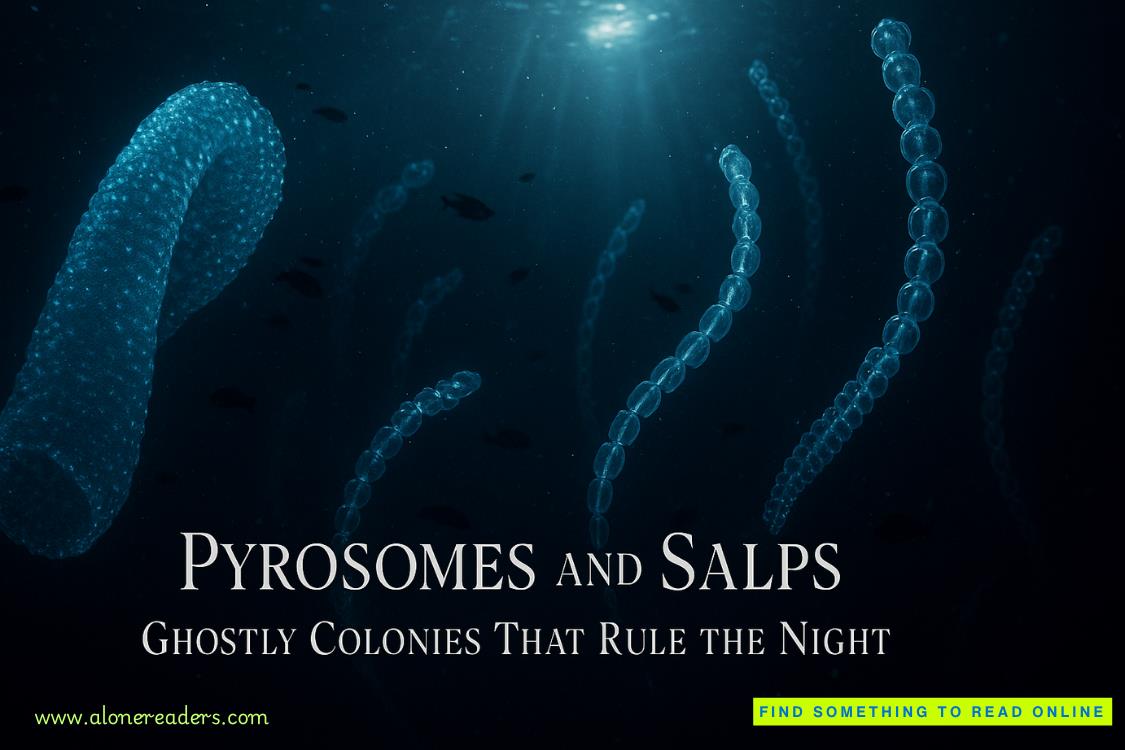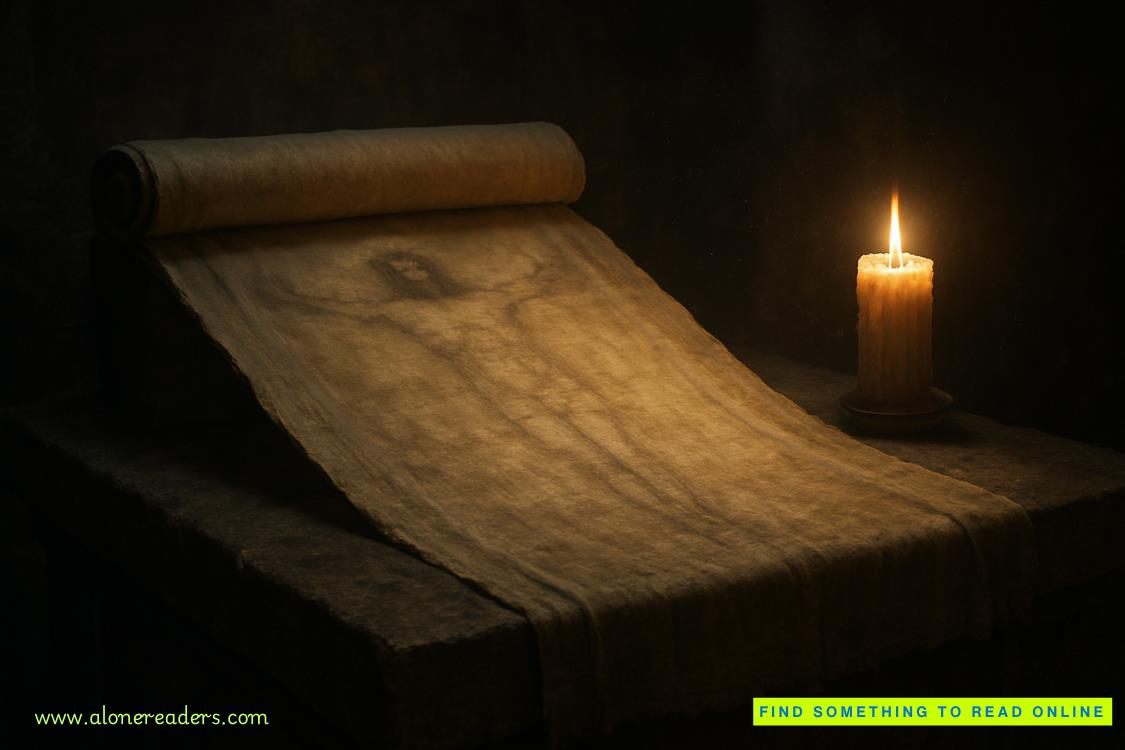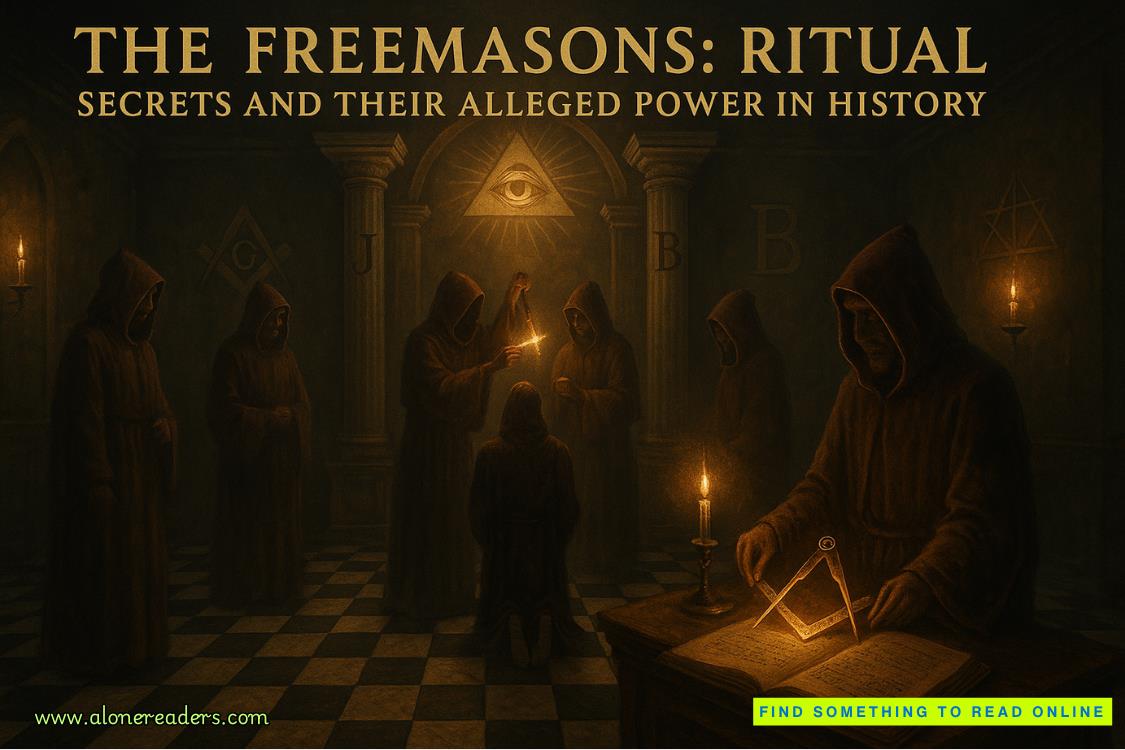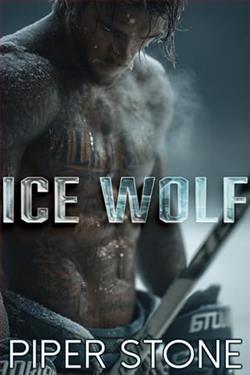Page 66 of The Kill List
The base commander had been told very little by Air Force HQ in the U.S. except that this was a J-SOC black operation and that he was to offer every cooperation to the TOSA officer, whom he would only know as Colonel Jamie Jackson. It was the name the Tracker had elected to use because he had all the supporting paperwork.
They passed the British RAF C-130 Hercules. It had the standard roundels on the tail fin but no other insignia. Tracker knew it came from the 47th Squadron of the Special Forces Wing. There was a glimmer of light from the flight deck, where the crew had elected to stay onboard and brew up real tea rather than the American version of it.
They walked under the wing, past a hangar buzzing with ground crew and into the ops building. Part of the “every cooperation” instruction included welcoming the six scruffy-looking British free fallers who were gathered inside, staring at an array of still pictures on the wall.
A rather relieved-looking American master sergeant, whose shoulder flash indicated he was a comms specialist, turned and threw up a salute. He returned it.
The first thing the Tracker noticed of the six Brits was that they were in desert cammo, but without either rank or unit insignia. They were deeply suntanned on their faces and hands, stubbled around the jaw and with tousled hair, except for the one who was bald as a billiard ball.
One of them, the Tracker knew, must be the junior officer commanding the unit. He thought it better to cut straight to the matter in hand.
“Gentlemen, I am Lieutenant Colonel Jamie Jackson of the U.S. Marine Corps. Your government, in the form of your Prime Minister, has been kind enough to allow me to borrow you and your services for this night. Which of you is in command?”
If he thought the mention of the Prime Minister was going to start any genuflecting, he had the wrong unit. One of the six stepped forward. When he spoke, the Tracker recognized the kind of voice derived from years at a private boarding school that the British, with their talent for saying the opposite, call public school.
“That’s me, Colonel. I am a captain, name of David. In our unit we never use surnames or ranks, or throw salutes. Except to the Queen, of course.”
The Tracker recognized that he was never going to match the white-haired Queen, so he just said, “OK, so long as you can do what is required this night. And my name is Jamie. Would you introduce me, David?”
Among the other five were two sergeants, two corporals and a trooper, although the Pathfinders rank is never mentioned. Each had a specialty. Pete was a sergeant and the medic, with skills way beyond mere first aid. Barry was the other sergeant, expert in weapons of all kinds. He looked like the product of a loving union between a rhino and a battle tank. He was huge, and it was all very hard. The corporals were Dai, the Welsh Wizard, who was in charge of communications and would carry the various pieces of wizardry that would enable the Pathfinders, once on the ground, to remain in touch with Djibouti and Tampa, and provide the video downlink that would enable them to see what the drone overhead could see. The bald one, of course, was Curly, who was a vehicle mechanic of near-genius level.
The youngest, in age and rank, was Tim, who had started in the Logistics Corps and has trained in explosives of all kinds, along with bomb dismantlement.
The Tracker turned to the American master sergeant.
“Talk me
through it,” he said, gesturing at the wall display.
There was a large screen showing exactly what the drone controller in MacDill Air Force Base outside Tampa was seeing. He passed the Tracker an earpiece with a mic attached.
“This is Colonel Jackson in Djibouti base,” he said. “Is that Tampa?”
On the flight down, he had been in constant contact with Tampa, and the speaker had been M.Sgt. Orde. But the shift had changed eight time zones to the west. The voice was female, a Deep South drawl, molasses over cane sugar.
“Tampa here, sir. Specialist Jane Allbright on the control stick.”
“What have we got, Jane?”
“Just before the sun went down, the target vehicle arrived at a tiny hamlet in the middle of nowhere. We counted the occupants climbing out. Five from the open back, including one in a red baseball cap. And three from the front cab.
“Their leader was greeted by some kind of village headman, then the light faded and human shapes went to heat blobs on infrared.
“But at the very last light, two more open-backed pickups arrived from a northern direction. They provided eight bodies, of which one was being half dragged by two others. The prisoner seemed to have blond hair. Darkness came in seconds, and one of the men from the south joined the northern group. The blond prisoner stayed with the northern group.
“Judging by the red heat signals, they were housed in two of the residences either side of the central clearing, where the three vehicles are parked. The engine heat faded, and they are now in darkness. No one seems to have emerged from either house. The only heat signals remaining are from a goat pen to one side of the open square and a few smaller, wandering ones we believe to be dogs.”
The Tracker thanked her and went to the display wall. The village, in real time, was being studied by a new-on-shift Global Hawk. This RQ-4 would have thirty-five hours of endurance, more than enough, and with its synthetic-aperture radar and electro-optical infrared camera would see anything move down there.
The Tracker spent some minutes watching the red blobs of the pye-dogs, ranging between the dark squares of the houses.
“Do you have anything for alarm dogs, David?”
“We shoot ’em.”
“Too noisy.”
“We don’t miss.”















